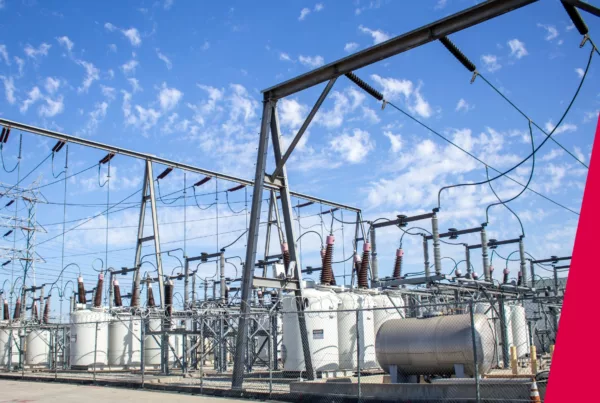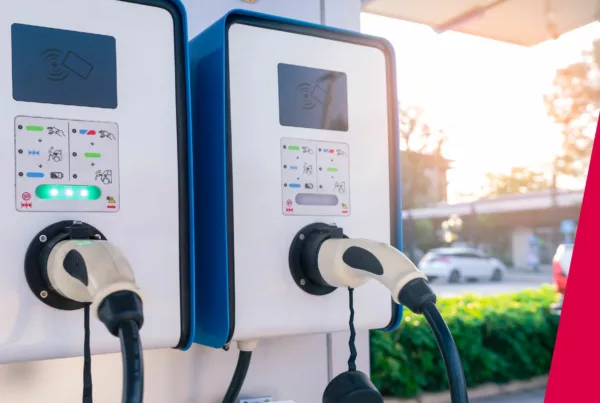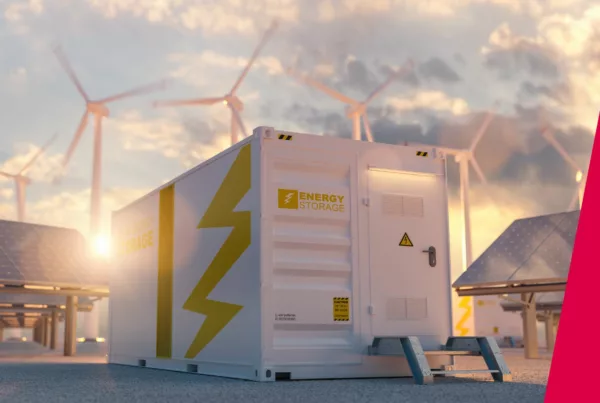In my ongoing series exploring the transformative impact of IoT in the energy sector, I’ve delved into the rationale behind IoT’s role in demand-side flexibility and weighed the pros and cons of in-house IoT development versus external partnerships.
Continuing this journey, this article emphasises the importance of choosing the right IoT partner, a decision that can significantly influence the success of your demand-side flexibility initiatives. This decision revolves around key considerations like infrastructure type, security, deployment ease, and usability. We will delve into four essential factors: Wired vs. Wireless Infrastructure, Data Security, Ease of Deployment, and Usability, each vital for ensuring the effectiveness, scalability, and security of your IoT solutions. Understanding these elements is pivotal for a strategic and informed selection, directly impacting the efficiency and success of your operations.
Wired V Wireless
Traditional wired networks are typically inflexible and expensive to install. Wired infrastructure needs to be embedded or hidden in the walls and in the building infrastructure, making it difficult to alter, scale, and expand. The construction work required to run new cables in a building that is currently in use causes a lot of disruption, meaning in many cases, wired infrastructure is not an option. On the contrary, wireless solutions offer ease of deployment and adaptability, allowing for seamless integration and expansion of networks of devices. The versatility of a wireless solution enables the completion of any installation project, no matter the type, size, or structure of the building. EpiSensor offers more than just advanced wireless demand response infrastructure; we take it a step further. Our systems come pre-calibrated with all Current Transformers (CTs) connected, greatly simplifying the commissioning process. This enhancement ensures high accuracy and an even smoother and more efficient setup for our wireless demand response solutions.
Data Security
Ensuring that your demand response IoT infrastructure is equipped with robust security measures is non-negotiable. Wireless networks, when implemented with advanced encryption and security protocols, provide this essential layer of protection. These security measures are vital in safeguarding sensitive data, particularly in demand-side flexibility operations where real-time data and control systems are at the core of managing energy efficiency and reliability. By prioritising secure, wireless, infrastructure with data protection guarantees, aggregators can maintain the integrity and confidentiality of critical data, thereby fostering trust and reliability in their services.
Ease of Deployment
For cost-efficient scaling of demand-side flexibility services, the deployment process is a key consideration. It’s essential to assess whether your IoT infrastructure can be installed and commissioned by a qualified electrician, or if it requires specialist expertise. This aspect directly impacts the speed of deployment and the cost of demand-side flexibility programmes which should be a critical consideration in your procurement process.
Promoting Widespread Adoption through Usability
User experience too is crucial. To effectively scale IoT infrastructures, there needs to be a shift away from dependence on specialist engineers towards enhanced usability and accessibility for a broader range of professionals. This approach not only streamlines deployment but also promotes wider adoption of demand-side flexibility programmes.
Conclusion
Selecting the right IoT partner is a strategic decision that goes beyond mere technical specifications. It requires a deep understanding of your operational needs and foresight into how different technologies can shape your demand-side flexibility goals. We encourage you to reflect on these factors in the context of your unique requirements and operations.
What other considerations would you keep in mind when selecting an IoT partner to help you implement Demand Response programmes? Arrange a call with one of our DSF experts and let’s discuss!



